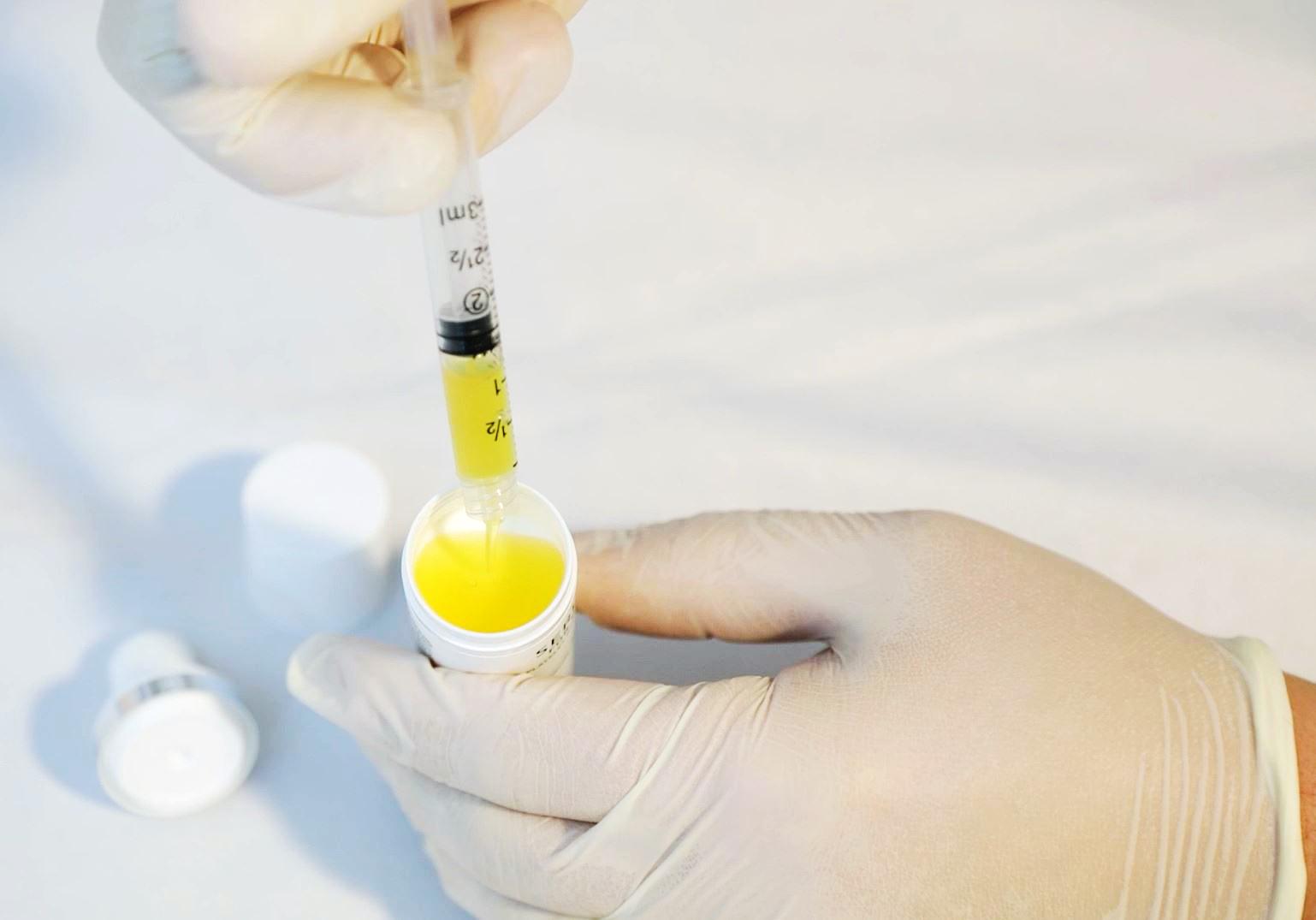Vampire lifting (PRP therapy) is a relatively new form of wrinkle treatment that does not require surgery or synthetic agents at all. This skin rejuvenating method uses processed autologous blood to gently regenerate the skin. The treatment is usually performed with injections. However, some doctors also offer products for external application. Worldwide, vampire lifting has enjoyed growing popularity since numerous Hollywood stars professed to be fans of PRP therapy. Promotional images of bloody faces also regularly appear in the media. In reality, however, the vampire lift is far less spectacular. The treatment usually does not use red blood, but a processed and concentrated plasma fluid. In the following, we will enlighten you about the most important information on vampire lifting and its mode of action, areas of application as well as its procedure.
Vampire lifting is a relatively new form of minimally invasive skin rejuvenation or wrinkle treatment. Vampire lifting is also known under the names of autologous blood treatment, plasma lifting or PRP therapy. The term "PRP therapy" comes from the English "platelet-rich plasma". In this treatment method, the physician extracts platelet-rich plasma from the patient's own blood and injects it back into the skin in a processed form. The injected plasma has a rejuvenating and regenerating effect on the skin structure. In aesthetic medicine, vampire lifting is primarily used as a natural form of wrinkle treatment. Small facial wrinkles can be smoothed as well as stretch marks or wrinkles in the décolleté. However, PRP therapy is also used for medical purposes, for example to stimulate hair growth or soften scars. Autologous blood therapy is also successfully used in the treatment of osteoarthritis and other musculoskeletal disorders.
How does the vampire lifting work?
In PRP therapy, certain components from the patient's own blood are used specifically for skin rejuvenation. The plasma used is rich in platelets, regenerating proteins and so-called growth factors. These growth factors stimulate the skin's own regeneration and stimulate collagen production. As a result, the skin appears firmer, fresher and visually rejuvenated. The skin structure improves. The mode of action of autohemotherapy can be most closely compared to hyaluronic acid treatment. Hyaluronic acid is also a substance produced naturally in the body that stimulates collagen production in the skin.
However, no fillers are used in the Vampire Lift. The focus here is not on injecting severe wrinkles, but on the natural regeneration of the skin. The autologous blood treatment can also be combined with other applications, such as microneedling, if necessary.
What is PRP?
Platelet-rich plasma" is concentrated blood plasma, i.e. blood from a person that has been separated from its other components (mainly red blood cells). PRP has a very large amount of platelets (thrombocytes), growth factors, proteins and white blood cells. Depending on the technique used to prepare the PRP, it contains approximately between 40 and 95 percent concentrated platelets. However, the effectiveness of PRP is not necessarily dependent on the platelet concentration, i.e. a higher concentrated PRP is not necessarily more effective than a slightly lower dosed PRP. The decisive factor is the total number of platelets. In addition, the type and amount of additives also has an influence on the effectiveness of PRP.
The following growth factors are present in PRP:
- TGF-beta : promotion of cell growth, new vessel formation.
- PDGF-AB : stimulation of cell growth
- bFGF: stimulation of fibroblasts
- IGF: promotion of collagen synthesis, cell proliferation, fibroblast migration
- VEGF: stimulation of endothelial cell proliferation and migration
- EGF: promotion of angioneogenesis, regulation of extracellular matrix regeneration, stimulation of fibroblast migration and regeneration
WHERE ELSE IS PRP THERAPY USED?
Outside of aesthetic medicine, autologous blood treatment is used primarily for orthopedic purposes. In the case of osteoarthritis and diseases of the musculoskeletal system, PRP injections are used to stimulate the body's own regeneration and accelerate healing processes. In addition, PRP is used for wound healing and scar treatment, for example to reduce acne scars and surgical scars.
Hair growth can also be stimulated with the help of autologous blood treatment. In this case, autologous blood treatment is also frequently combined with hair transplantation. Other areas of application of PRP therapy at a glance: Scalp: To stimulate hair growth Surgical scars: Improvement of wound healing and scar formation Acne scars Orthopedics (e.g. in case of arthrosis and overuse injuries)
For whom is the Vampire Lifting suitable?
Vampire Lifting is basically suitable for all ages and skin types. The treatment is especially recommended for people who want to improve their skin appearance in a natural way and without surgical intervention. Since no synthetic active ingredients are used, there is no risk of intolerance even for sensitive skin. The only obstacle can be existing diseases, circulatory or blood coagulation disorders.
Whether an autologous blood therapy is suitable in an individual case must be decided by the treating physician. In the field of aesthetic medicine, autohaemotherapy is used in particular for skin rejuvenation and wrinkle treatment. Slight facial wrinkles can be smoothed with PRP therapy, as can stretch marks, scars and wrinkles on the neck and décolleté. For more pronounced expression lines, another treatment method may be more suitable under certain circumstances.
The treatment areas of the vampire lift at a glance:
Face: wrinkle injection, volume building Neck: skin tightening, wrinkle smoothing Back of the hand: rejuvenation Décolleté: improvement of skin structure, reduction of wrinkles Stretch marks / stretch marks: Improvement of skin texture
Possible contraindications at a glance:
Pregnancy and breastfeeding Acute skin diseases Acute diseases (e.g. cold, flu) Hepatitis HIV Blood coagulation disorders Autoimmune diseases Liver diseases Cancer Neurodermatitis in the face Psoriasis in the face
Important: Talk to your doctor about any illnesses and medications you may be taking. A conscientious doctor will ask you about these aspects anyway to ensure safe treatment.
